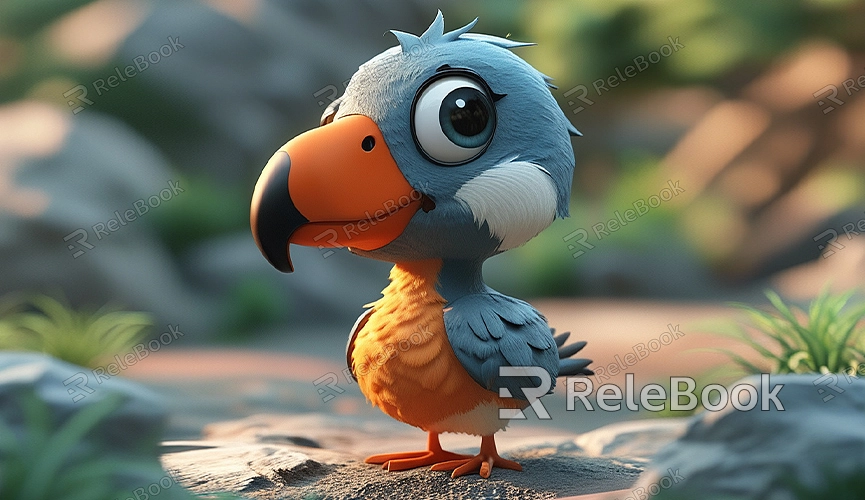How to Make a 3D Model for a Video Game
Creating 3D models is a crucial part of modern video game development. A well-crafted 3D model not only enhances the visual appeal of the game but also increases player immersion. So, how can you create a high-quality 3D model for a video game? This guide will walk you through the entire process, from modeling to final optimization.
Choose the Right Software
First, you need to select a suitable 3D modeling software. There are many excellent options available, such as Blender, Maya, and 3ds Max. Blender is a powerful, free software that's great for both beginners and professionals. Maya and 3ds Max, on the other hand, are industry standards that are ideal for users who need advanced features and support.
Understand Basic Concepts
Before starting with modeling, it’s important to understand some basic concepts. These include vertices, edges, faces, and meshes. Mastering these fundamentals will help you better understand and manipulate 3D models.

Create the Initial Model
Once you’ve chosen your software and grasped the basics, you can start creating your initial model. Here are some fundamental steps:
1. Create Basic Shapes: Use basic geometric shapes (such as cubes and spheres) in your software to start building the fundamental shape of your model. This process is known as "block modeling."
2. Add Details: Add more details by subdividing the mesh and using tools like extrude to make the model more realistic.
3. Adjust Proportions: Ensure that the proportions of different parts of the model are well-balanced, as this is crucial for the final appearance.
Optimize Topology
A good 3D model isn’t just visually appealing; it also needs a well-optimized topology. Optimizing the topology improves the model’s rendering efficiency and animation performance. Generally, it’s best to keep the polygon count in quads to avoid unnecessary deformations and flaws.
Textures and Materials
After completing the basic shape and details of the model, you can start adding textures and materials. Textures are images applied to the model's surface to simulate the appearance of real-world objects, while materials determine how the model interacts with light, such as reflections and refractions.
- UV Unwrapping: This involves unwrapping the 3D model’s surface into a 2D plane so textures can be applied. UV unwrapping requires skill and patience to ensure textures are displayed correctly on the model.
- Texture Painting: You can use built-in texture painting tools in your software or external tools like Substance Painter to paint textures.
Rigging and Animation
If your model needs to be animated in the game, adding a rig and animations is essential. The rig is the internal skeleton of the model that controls its movement. By setting keyframes, you can create various animation effects for the model.
Export and Optimize
After completing the modeling, texturing, and animation, you can export the model to a game engine. Common game engines include Unity and Unreal Engine. When exporting, consider the following:
- File Format: Ensure the file format you choose is compatible with the game engine. Common formats include FBX and OBJ.
- Model Optimization: Optimize the model by reducing the polygon count and combining materials to ensure smooth performance in the game.
Use High-Quality Resources
Using high-quality resources can significantly enhance your workflow and model quality. If you need high-quality 3D textures, HDRIs, or 3D models for your project, you can download them from Relebook. After downloading, simply import the textures and models into your project. By following these steps, you’ll be able to create a high-quality 3D model for your video game. Creating 3D models requires both technical skills and creativity, along with patience.

